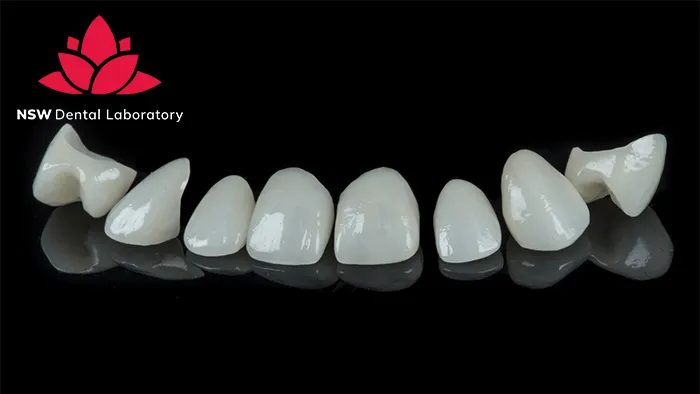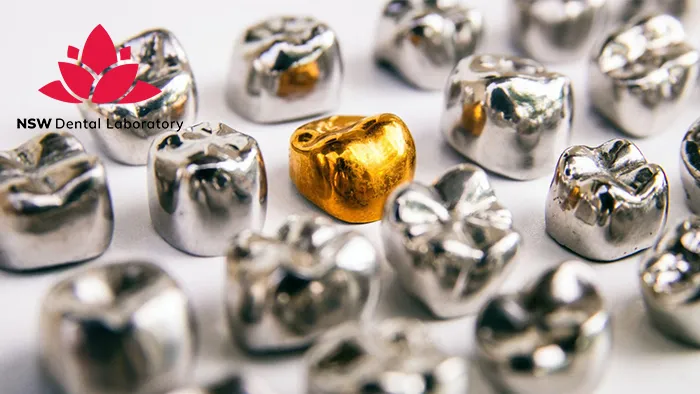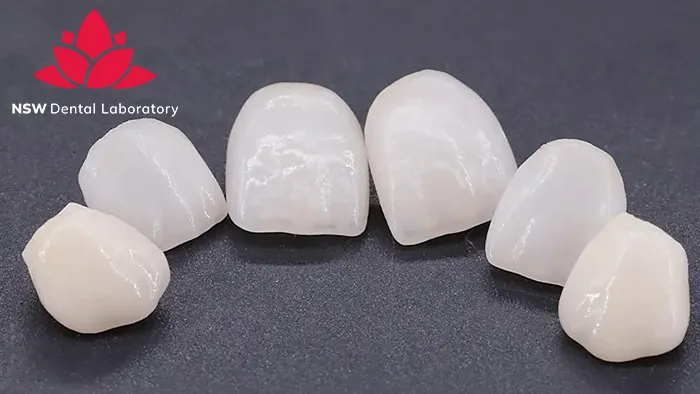Comprehensive Guide About Ceramic Crowns Prosthetics
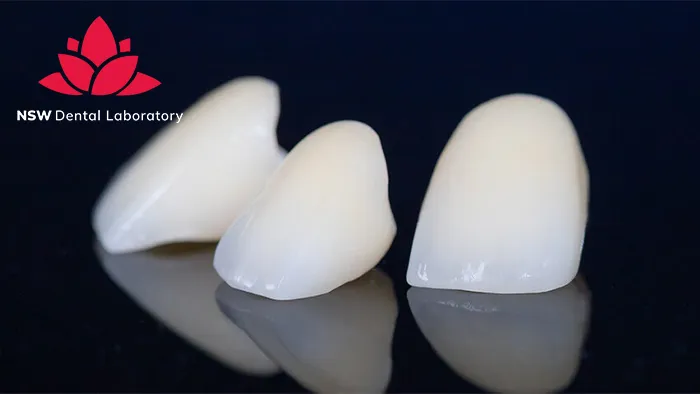
There have been many advancements in dentistry in recent years, making it easier than ever for dental patients to receive the necessary oral healthcare for a healthy smile. For clinical situations where aesthetics are of utmost importance, we can take advantage of the latest innovations in ceramic materials. Introducing ceramic crowns has provided dentists and patients with excellent options for smile restoration.
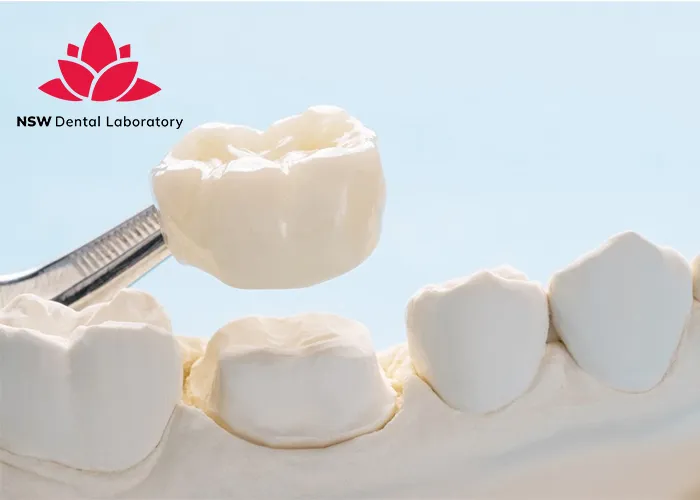
Thanks to the unique combination of durability and aesthetics, Ceramic Crowns have become increasingly popular and a trusted choice for dentists and patients alike. However, when faced with the decision to opt for Ceramic Crowns, the variety of options available, along with their advantages and disadvantages, can be overwhelming. That’s why NSW Dental Lab is here to assist you with a comprehensive guide to Ceramic Crowns.
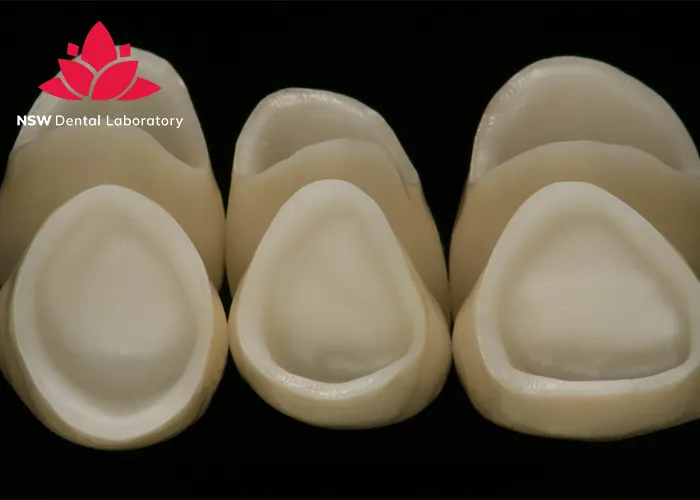
What Are Ceramic Crowns?
Ceramic Crowns are tooth-shaped caps made entirely from a refined clay material, commonly referred to as dental ceramic, designed to restore the shape, size, strength, and appearance of a tooth. They are a highly popular choice for individuals who prioritize aesthetics or for anterior teeth, as they closely resemble natural teeth.

With a 100% metal-free composition and high resistance to temperature changes, Ceramic Crowns significantly reduce temperature sensitivity, making them an ideal choice for patients with metal allergies. Beyond their excellent aesthetics, certain types of Ceramic Crowns are also known for their durability, providing sufficient strength to withstand the biting forces of anterior teeth.

Some Reasons Why You Should Choose Ceramic Crowns
- Ceramic Crowns resemble a natural tooth in its entirety and do not have a metal margin, which is often visible at the gumline.
- Ceramic Crowns interact with light in much the same way as natural teeth and more closely mimic their translucency and luster.
- Ceramic Crowns can be made thinner and require less reduction and preparation of the underlying tooth.
- Ceramic Crowns are lighter in weight than dental crowns that incorporate a metal substructure and are also kinder to the surrounding soft tissues.
- Ceramic Crowns are resistant to stains and discoloration. They are metal-free and safer for individuals with metal allergies or sensitivities.
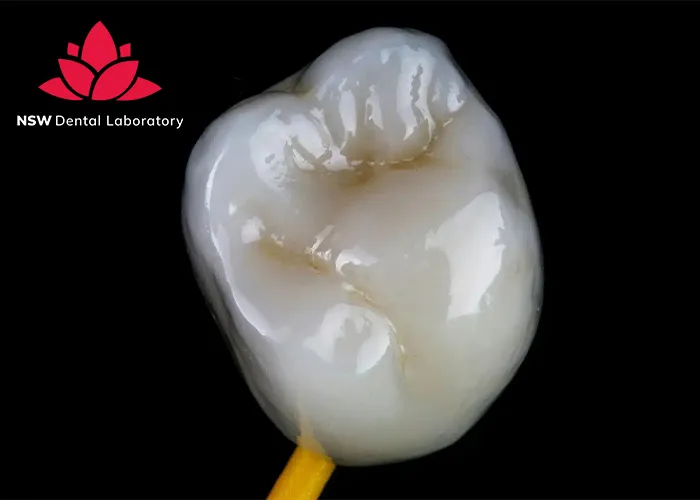
Types Of Ceramic Crowns
With the wide range of dental ceramics available today, choosing the right type of Ceramic Crowns depends on factors such as tooth location, occlusal forces, aesthetic requirements, and the patient’s specific budget. Some types of Ceramic Crowns are better suited to provide the necessary strength for molars, while others are more tailored to meet the aesthetic demands of anterior teeth. However, modern advancements in dental ceramics now offer solutions that are suitable for both anterior and posterior teeth.
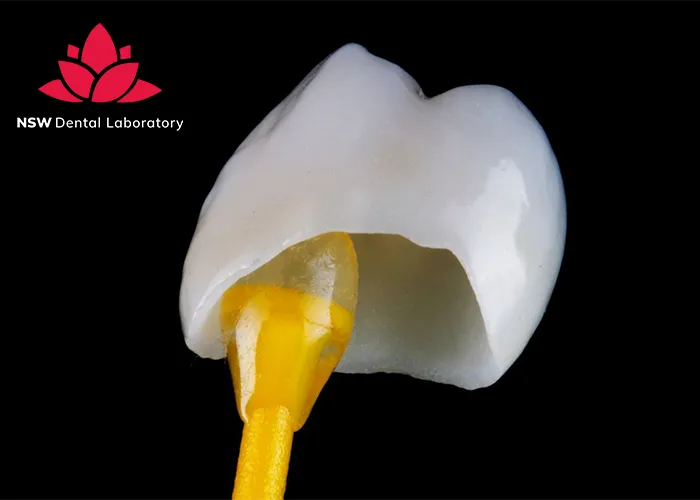
Below are some of the most common and effective types of Ceramic Crowns:
Lithium Disilicate Porcelain Crowns
Lithium disilicate porcelain crowns are made from lithium disilicate glass-ceramic, a material known for its thinness, light weight, strength, aesthetics, biocompatibility, and its ability to closely mimic the natural appearance of teeth. These qualities make it a popular choice for restoring teeth that are visible when smiling.
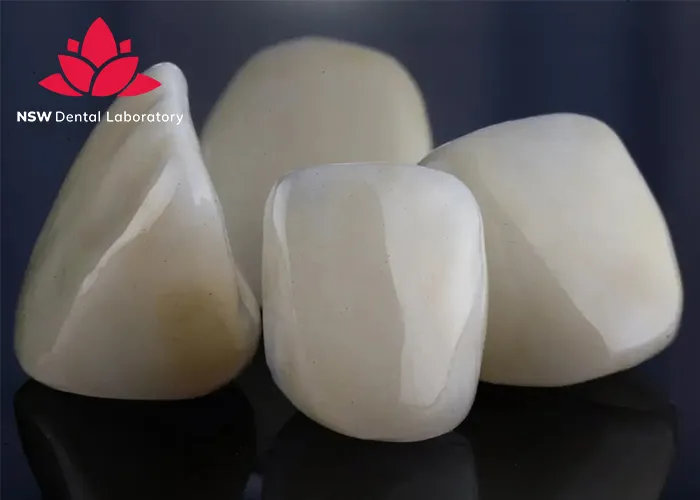
With a flexural strength of 400 MPa—three times stronger than Empress—these crowns offer high resistance to chipping and fractures, making them capable of withstanding strong biting and chewing forces. Crowns can be pressed or milled to offer a good fit and function. With e.max, it is possible to create full-contour restorations or to layer enamel porcelain using IPS e.max Ceram, a comprehensive layering ceramic capable of achieving highly aesthetic results.
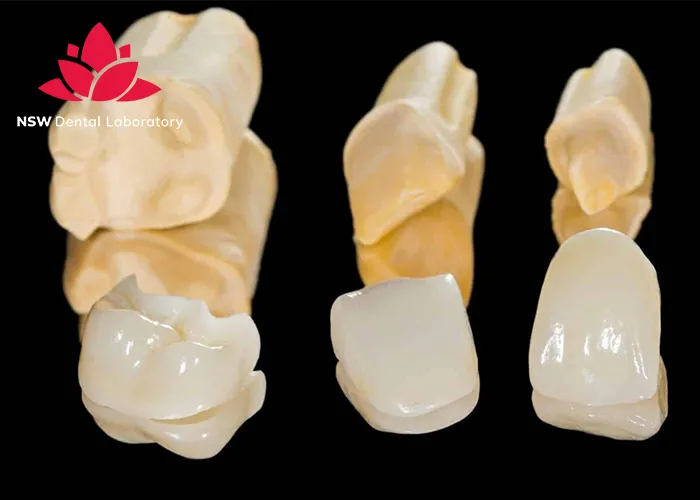
Solid or Monolithic Zirconia
With a flexural strength of 1200 MPa, solid or monolithic zirconia crowns provide maximum durability, making them virtually unbreakable and an extremely effective choice for posterior restorations. Manufactured using advanced CAD/CAM technology, they offer a very precise marginal fit, ensuring accuracy and security in solid or monolithic zirconia restorations.
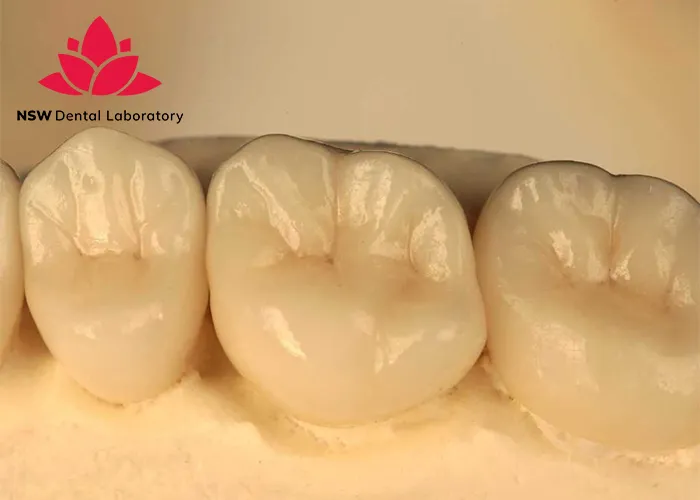
Effect shades can be used to enhance the occlusal surface details of the crown, and the latest generation of monolithic zirconia crowns features natural translucency and opacity. Additionally, their smooth surface and exceptional strength make monolithic zirconia crowns a suitable option for patients with bruxism (teeth grinding).
High Translucent Zirconia
High-translucency zirconia is well-suited for anterior crowns but can also be used for posterior crowns. It has a flexural strength ranging from 590 to 720 MPa and provides a highly natural translucency. This material is highly biocompatible, promoting a healthy response with surrounding tissues.
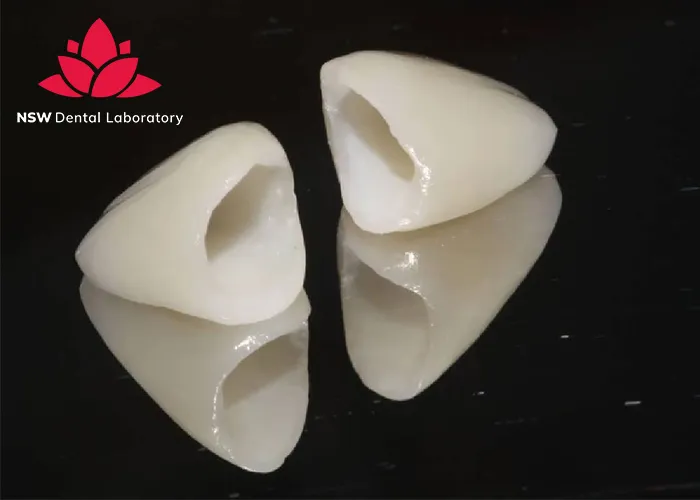
It also offers excellent aesthetic properties, as it transmits the shade of adjacent teeth once placed in the mouth, allowing it to blend seamlessly with natural dentition. High-translucency zirconia can be used in monolithic restorations or layered restorations. The material’s processing enhances its translucency by minimizing impurities and structural defects.
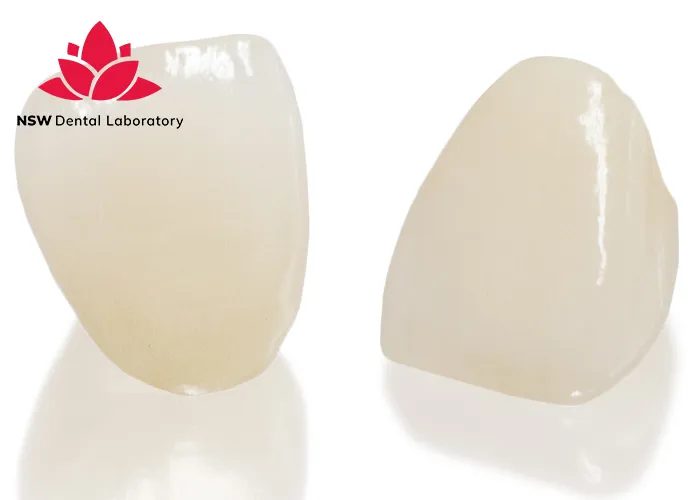
Leucite Reinforced Pressable Porcelain Crowns
IPS Empress pressable crowns have a flexural strength of 160 MPa and have proven to be durable, providing excellent aesthetics. With this system, clinicians can achieve restorations that closely replicate natural teeth. A die-shade guide is used to determine the shade of the tooth preparation, helping to decide the right tooth shade. This information allows the technician to select the correct ingot when pressing the crown. IPS Empress crowns have high translucency, which helps transmit the shade from adjacent teeth, allowing for an exact shade match even in more challenging cases.
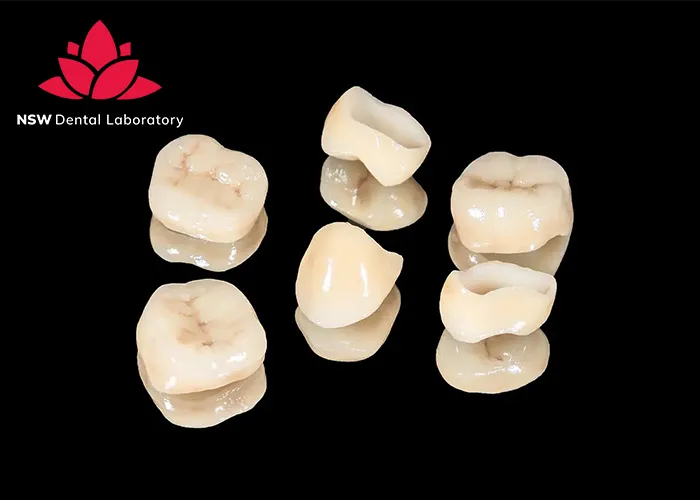
Ceramic Crowns Cementation Procedure
The procedure for a full ceramic crown is similar to that of a traditional crown. First, your dentist will prepare the tooth that needs the crown. This usually begins with an X-ray to examine the root and surrounding bone. If there are any issues, such as decay or risk of infection, a root canal treatment may be necessary.

Once everything is confirmed to be in good condition, the dentist will numb the area with a local anesthetic. Then, the tooth will be filed down to create space for the crown. If the tooth is severely damaged or broken, filling material may be used to build it up.
After shaping the tooth, the dentist will take an impression of it. This can be done using a putty-like material or with digital scanning technology. The impression captures the exact shape and size of the tooth to ensure a precise fit for the crown.
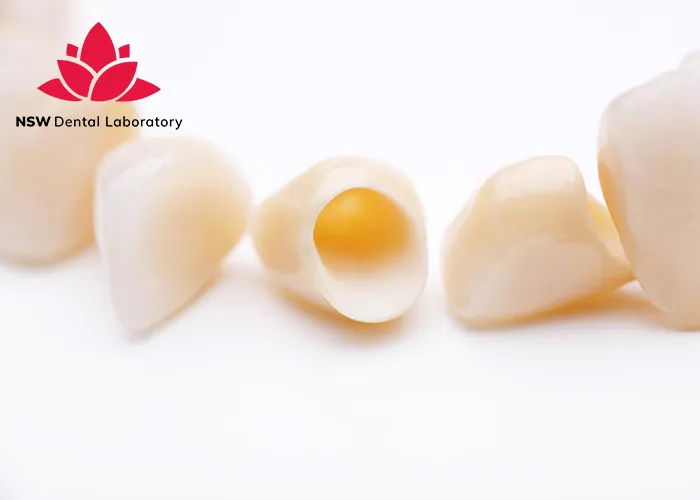
The impression is then sent to a dental laboratory, where your custom ceramic crown will be fabricated. This process typically takes 2-3 weeks. A temporary crown will be placed over the prepared tooth while waiting for the permanent crown. This temporary crown protects the tooth while maintaining its function and appearance.

